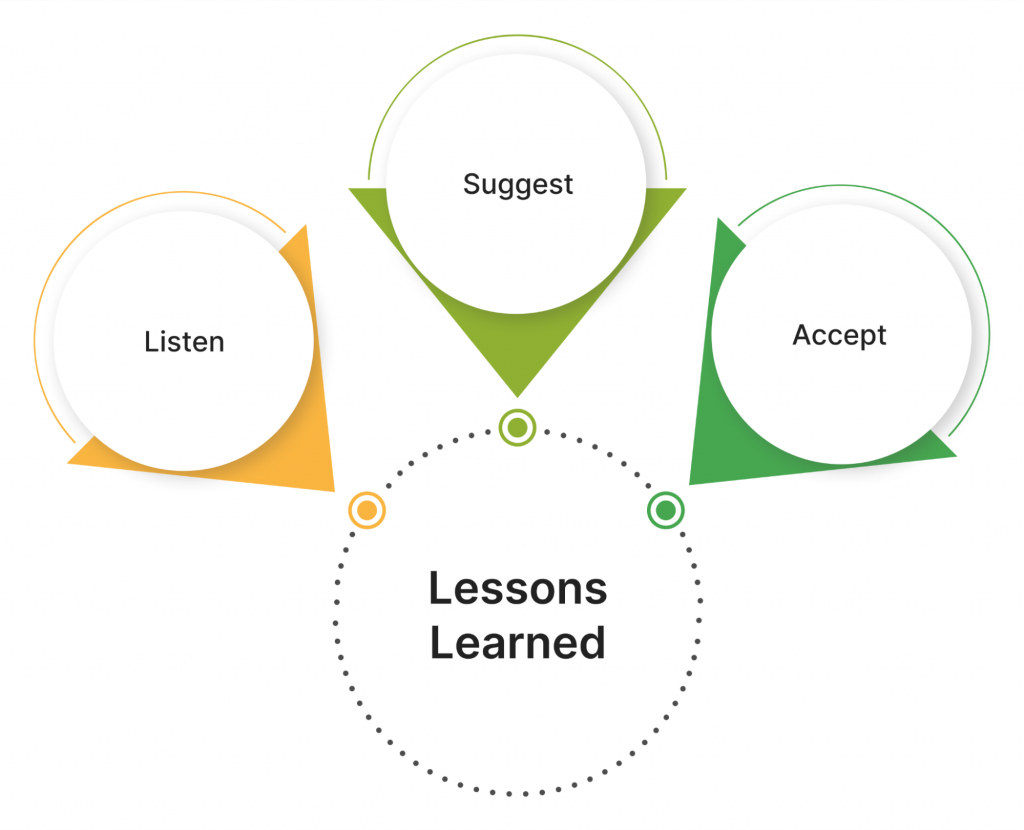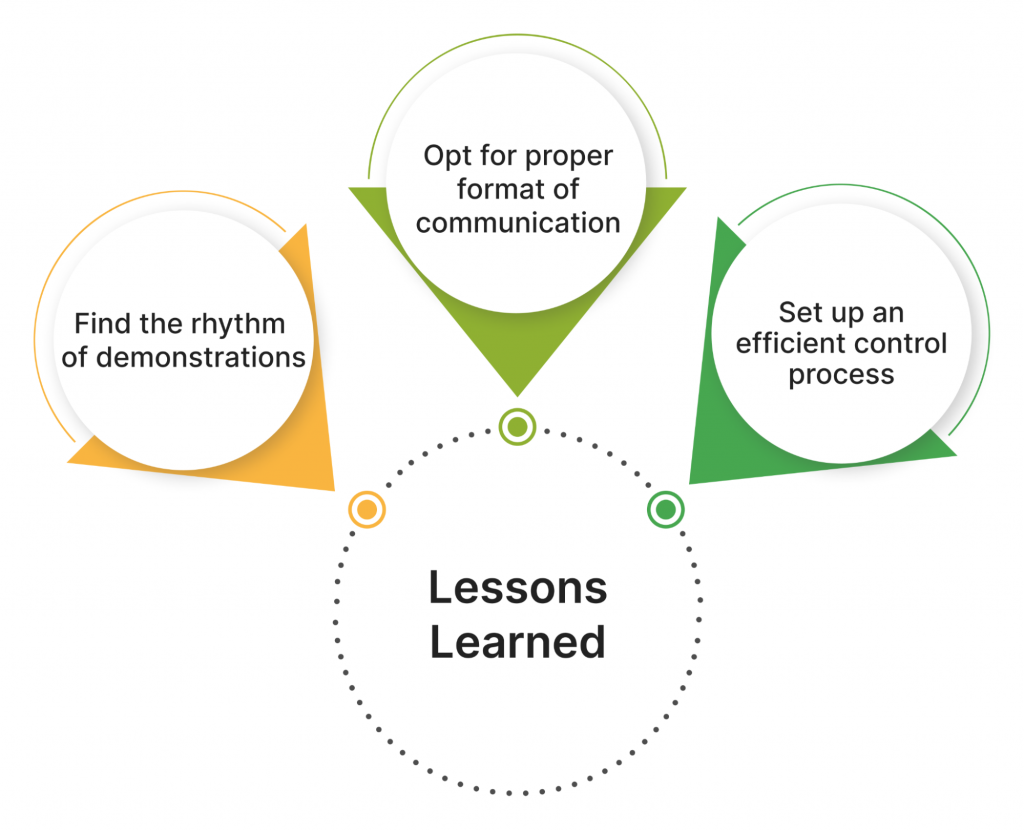There are a few basic activities that you have with your client. One of them is requirements and their changes. We can talk a lot about the fact that changes are regular and no project can run without them, but we rarely talk about what these requests say. Therefore, here are a couple of explanations for you, which can mean this or behavior/request edits.
“Give me a couple of options for the stroke width in the letter “P”
I wish I could say I made it up, but no. This is a real case from my practice. I was a beginner then, but my colleague, with five years of experience, accepted all this absolutely calmly and, for a long time, tried to explain to the designer what needed to be done. While working with this client, we made 4 different design options for him, each of which had five more options. When I ended my cooperation with the company, they were still working with this client, and since then, the appearance of his site has changed twice more. And no, none of the options that we developed.
Is it good or bad that the client is so fickle in their desires, and edits are pouring in as if from a cornucopia? There is no correct answer. This often happens when the clients don’t know exactly what they want. They have a right to do this because it is their product, and they know how it should look. Sometimes the client is brave enough to say they need time to think, and sometimes they will juggle changes until they come to the final version. What we, as PMs, can do – listen, suggest, and accept, sometimes spend more time and not ask the designer or developer to immediately rush to redo what is already ready.

Related: Communication Strategy for Project Management: How PMs should work with clients
“…sorry, what? Yes, of course, do as suggested”
And such cases happen. The client can be distracted, accept all your offers, agree, and you will feel like a winner, and then on a demo, you suddenly hear that this is not what they expected. When they give you freedom and rejoice that you are responsible for some parts of the product, you sort of unfold your imaginary wings and fly. I have to disappoint you. In the demo, you, like a bird, will crash into a transparent glass wall.
Why is this happening? It happens that the client does not “burn” with their product or, for example, is not very interested in it, although they are aware of its importance. What is the danger – crashing with the final look/shape and redoing it from scratch? Via such conditions, you need to fix all the changes and get confirmation that you are doing precisely what the client wants. In case they say on the demo – this is not what they expected, you can show that everything was done following their requirements. Whether they will be pleased is unlikely, but there will not be an unpleasant situation where you have to take the hit yourself.
The fact that this is not what the client wanted does not mean that the product is bad, your idea did not work, and all that. Here, the fact that the client is on a swing and any option will not be good enough plays rather, it happens, and nothing you can do about this.

Related: About Project Management Role Firsthand: Confession of a Project Manager
“I looked through, and everything is fine, but make these edits”
This type of client is the best, but in terms of productivity, they outperform our predecessors. When you work hand in hand, all changes are constructive and conditional, your assurances that such a feature may be unnecessary and will not bring sufficient benefit to the product, lean back, and the client takes responsibility, says that your client knows exactly what they want. It can consist of a bunch of factors, some of which have no logical explanation or, on the contrary, stand on an indestructible foundation of facts, figures, and analytics.
Here are the changes that, in the course of work, most often, are in the nature of taste because you will not be surprised if you are told that your client and designer have different tastes and ideas about beauty. That’s ok. You can and should work with it and enjoy it where it operates. As a piece of advice, I would suggest finding the rhythm of demonstrations with the client, communication format, and control. Trust me, this is to help catch a moment when everything will go wrong.

Summary
What can we summarize in this case? Regardless of what kind of client you have – changes are inevitable – trends, bosses, moods, anything will change and this will invariably affect your work. Whether this is good or bad is up to you to judge, as it is a very subjective matter, but it also makes our work what it is. And maybe that’s why you love her.
Looking for more details about the Project Management role in software development? Contact our team to get a deeper understanding.



